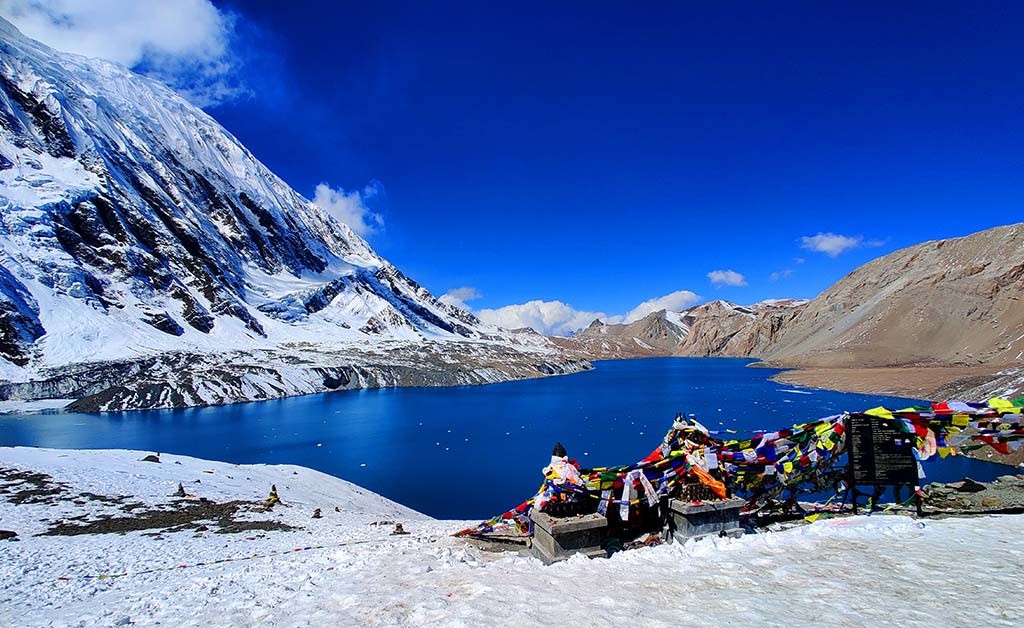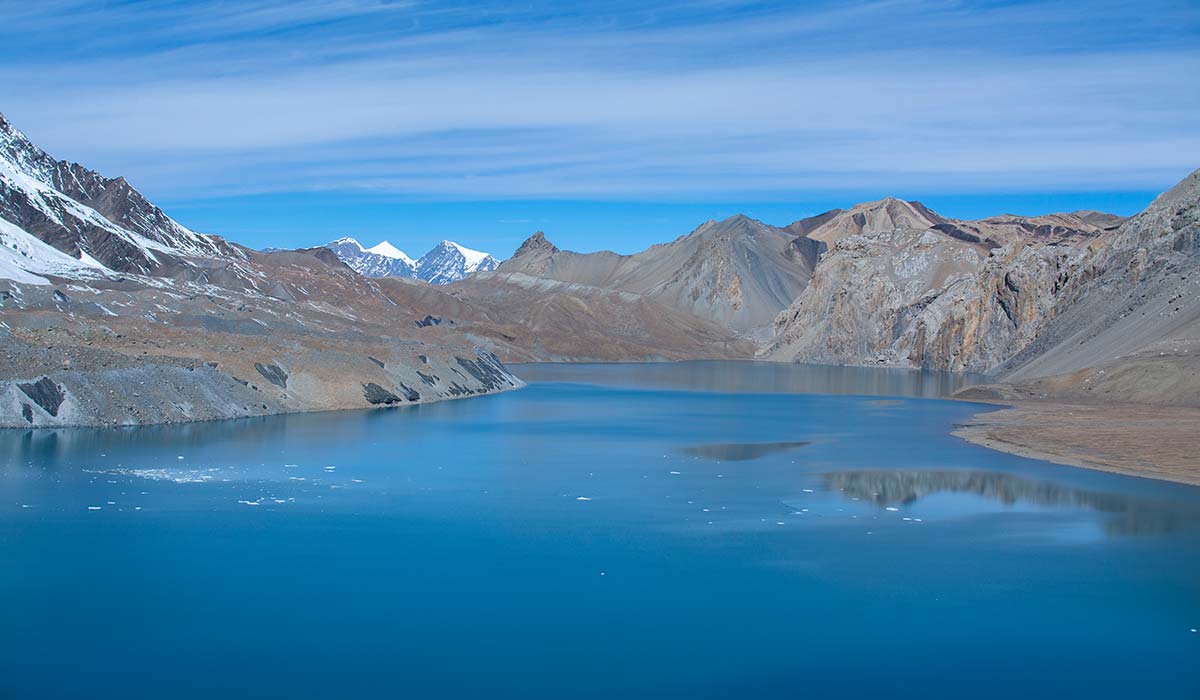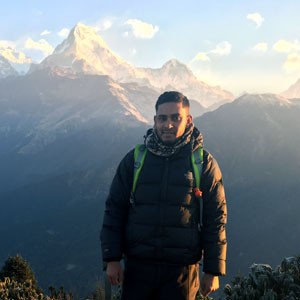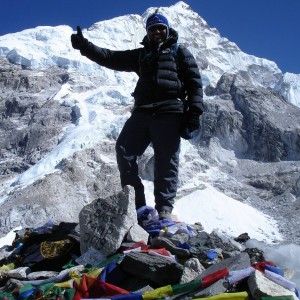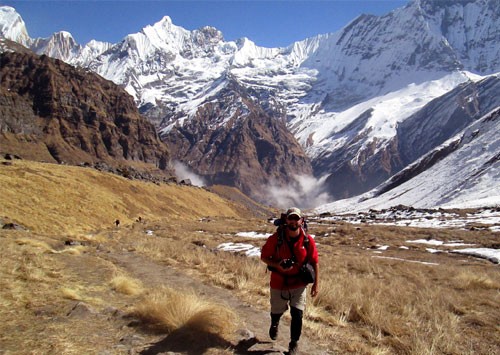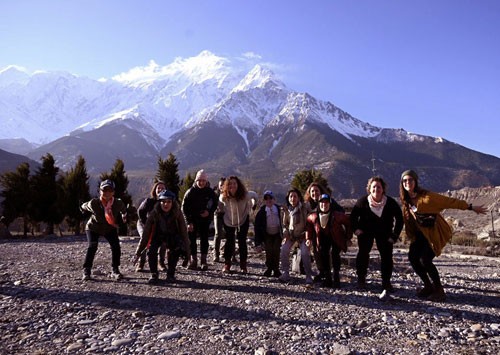Combining the Annapurna Circuit Trek and Tilicho lake makes a trip over one of Nepal’s most beautiful and historic areas. Annapurna Circuit Trek takes its name from the Annapurna massif, one of the higher reaches of the Himalayas (8,091 meters at its highest, the tenth highest peak in the world) that includes Annapurna I.
The name was derived from Sanskrit, meaning Goddess of the Harvests or goddess of the full food in Hindu mythology. Culturally and spiritually, then, the region around Annapurna has been held sacred by Hindus as the home of a deity that gives food to humanity.
Until Maurice Herzog, a French mountaineer, climbed the 8,000 meter peak Annapurna I in 1950, it was the first 8,000 meter peak, weaker than Everest. Without question, his successful climb catapulted the Annapurna region onto the global map and the trek found its way onto the route of choice for many mountaineers and trekkers since. The Circuit trek to Annapurna via Tilicho Lake became an adventure and challenge symbol attracting explorers from everywhere on the planet.
Trade route from Nepal to Tibet primarily by traders with salt. Today it is famous for its amazing views of peaks filled with snow, its diverse areas and cultural richness. It is a kind of circumnavigation of the Annapurna Massif that the trekkers on the route pass through five different districts, namely Lamjung, Manang, Mustang, Myagdi, and Kaski.
The Annapurna Circuit’s Tilicho Lake is thought to be one of the highest lakes in the world at 4,919 meters. It became famous after the 1950 French Annapurna Expedition, who discovered the lake while searching for a possible route for their ascent. But the lake's crystal clear waters and uncivilized setting have made it a bucket list destination for trekkers.
While people of course come for its beauty, it’s the isolation, the roughness, particularly, which makes it such an adventurer’s delight.
Why Take This Tour?
This is a perfect trek if you want to enjoy the Himalayas beauty but also to experience a rich culture and the deep history of Mount Annapurna. With its varied terrains, lush green regions and high mountain environments to plants and animals, it offers encounters with the Gurung, Thakali and Manangi ethnic communities.
Along with its one in a lifetime experience trekking, the Annapurna Circuit Trek also gives you a combined list of spiritual pilgrimage sites, high altitude lakes and challenging Mountain passes.
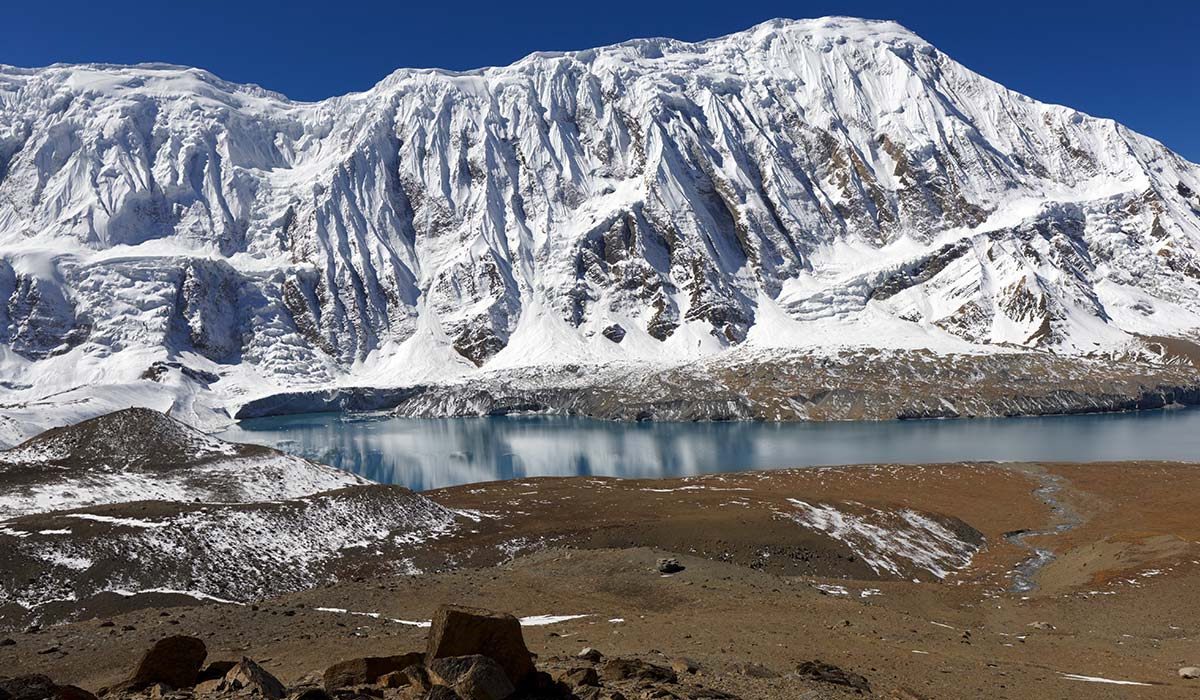
Who Can Do the Trek to Annapurna Circuit Trek with Tilicho Lake?
Annapurna circuit trek is a difficult trek, it requires leading physical and mental fit. This system is great for people who are very physically fit and do activities like hiking, running (or cycling) regularly. It is the fitness you need for the trek because it’s mostly spent walking 6–8 hours a day, and on steep and uneven ways.
It will gradually take trekkers from lower altitudes to more than 5,417 meters at Thorong La Pass and 4,910 meters at Tilicho Lake respectively. Afterward, we must have strength, stamina, and leg endurance to face these daily challenges.
Also, this is a suitable trek for those trekkers who have previous experience at higher altitudes. If you’ve trekked in the region of Everest Base Camp or Annapurna Base Camp, you’ll have a head start on understanding how your body reacts to over 3,000 meters in elevation. With thinner air at high elevations, altitude sickness can occur and experienced folks know the right way to acclimatize.
This trek can even begin for adventurous beginners, as long as you are well prepared. If first timers, the trek takes a lot of hours of training, first trainees must train a lot of focus on cardio exercises, endurance hikes and strength training for many months before reaching the trek.
For success it is important you build stamina for long walks and mentally prepare yourself for the challenges you are about to face. While a beginner can complete this trek, it requires time to prepare – both physically and mentally.
Who should Avoid This Trek?
Because of the high altitudes and physical strain involved, people who already have heart or respiratory problems should not try it. At altitudes above 4,000m such conditions turn out to be serious, so it is highly recommended that you consult with a doctor before going on such a trip.
Furthermore, anyone who lacks physical preparation for the long days of hiking, or who is of limited mobility and stamina or any other way not ready to engage with such a trek.
What’s the Best Time of Year to Visit the Annapurna Circuit Trek with Tilicho Lake?
March to May is the best time to do the Annapurna Circuit Trek, and September to November is the best time. The weather is pleasant in spring, clear skies combined with blooming rhododendrons, making the trail a sight for sore eyes.
Although temperatures are mild during the day, it can be on the cooler side in the evening, as you climb higher. It also features spring with lush greenery and lively wildlife, making for an interesting time to be trekking.
Given the post monsoon weather, Autumn is the most popular trekking season. Crisp air, clear skies and views over Annapurna and Dhaulagiri. Temperatures at day are comfortable, and nights cold, making touring conditions good. Dry trails have lower risk of slips and accidents, and visibility is excellent for cruisers seeking scenic mountain vista.
However, winter (December to February) has freezing temperatures and snow and ice make the trail difficult and often unsafe, especially at higher elevations. A lot of tea houses close, and crossing high passes such as Thorong La itself is extremely challenging.
The trek is usually considered to be the most dangerous time to trek, during monsoon season (June to August). Landslides, muddy trails and cloud cover hide some magnificent mountain scenery.But in regions like Manang and Tilicho Lake in the Himalayas rain shadow, it’s possible to trek around more, though visibility is still limited in the lower sections, and leeches persist.
What Makes the Trek to Annapurna Circuit Trek So Special?
But the great thing about this trek is the incredible variety of lands and cultural experiences it affords. As you begin, you trudge through luscious subtropical forests and terraced fields, but as the mountains begin to rise, so too does the scenery.
Green lands, tall mountain meadows and entry into the high altitude deserts that make up the upper Annapurna region are what you’ll pass through. Completely stunning is the contrast between the bottom fertile and strewn regions and the stark needless upper elevations.
Tilicho Lake is a key highlight of the route with one of the world’s highest lakes. At 4, 919 meters, its untouched and unspoiled waters spectacularly surrounded by soaring peaks create a surreal, peaceful atmosphere. However, not all trekkers on the Annapurna Circuit Trek go down on this side trip, so it is also a more secluded destination.
Stepping into the world of Tilicho reaching is like stepping into another world – sounds of wind and occasional crack of ice in the lake are all you hear.
Here is the site of the Thorong La Pass which is one of the highest trekking passes of the world at 5,416 meters. The views from the La Pass are just spectacular, with great visual spread across the Annapurna and Dhaulagiri mountain ranges. And the sense of achievement in getting to this pass is something else, it's the physical and mental high point of the trek.
The trek is a cultural immersion into the Tibetan influenced areas of Manang and Kagbeni where you will see Buddhist practicing and visit ancient monasteries. The Gurung, Thakali and Manangi people, who warmly welcome you during the trek, living their traditional ways plus interaction makes the trek really special. A visit to Muktinath Temple, a sacred sanctum for both Hindus and Buddhists add spiritual murkage to the trip.
What You Can Expect During the Annapurna Circuit Trek with Tilicho Lake?
Encouraging is the long, gradual buildup on milder, more scenic subtropical forest and field trails that help trekkers ease into the whole proceedings. You’re going to know you’ve arrived because the terrain gets steeper and rockier as you climb the nearer you get to Tilicho Lake and Thorong La Pass. You should also expect to walk between 6 to 8 hours a day over very significant elevation changes. It’s rocky paths or bridges for crossing rivers each day.
It also takes you to villages far from civilization for you to stay in very simple teahouses. There are accommodations that offer a bed and meal, but don’t expect luxury. Saeed begins by telling me that food ranges from hearty to hearty, staples like dal bhat (lentil soup and rice) keep you going for many hours of walking.
The temperatures do drop down in the higher altitudes but you will find teahouses often with communal areas where trekkers will sit around a large center stove to boil something for warmth after the long meals.
After 3,000 meters, acclimatization becomes very important. You can expect to be in places such as Manang — a day or two at most where you can explore your surroundings and acclimatize to the altitude. You go higher so the air gets thinner, and there are rest days in the itinerary to try and ward off altitude sickness. Relax, pay attention to your body, drink lots of water and don’t rush on the ascent.
The detour to reach Tilicho Lake, an unpopulated and very peaceful place is one of the trek’s highlights. For the trip to the lake is tortuous and taxing — steep and difficult — with the payoff of unparalleled clear blue water surrounded by snow covered peaks.
Thorong La Pass, crossed later at 5,416 meters, is a steep test of your endurance, but what panoramas give you an excuse to endure. When you arrive in Pokhara you will have walked through not only the natural splendor of the Annapurna range, but also the exotic yet spiritual and the cultural sides of it.
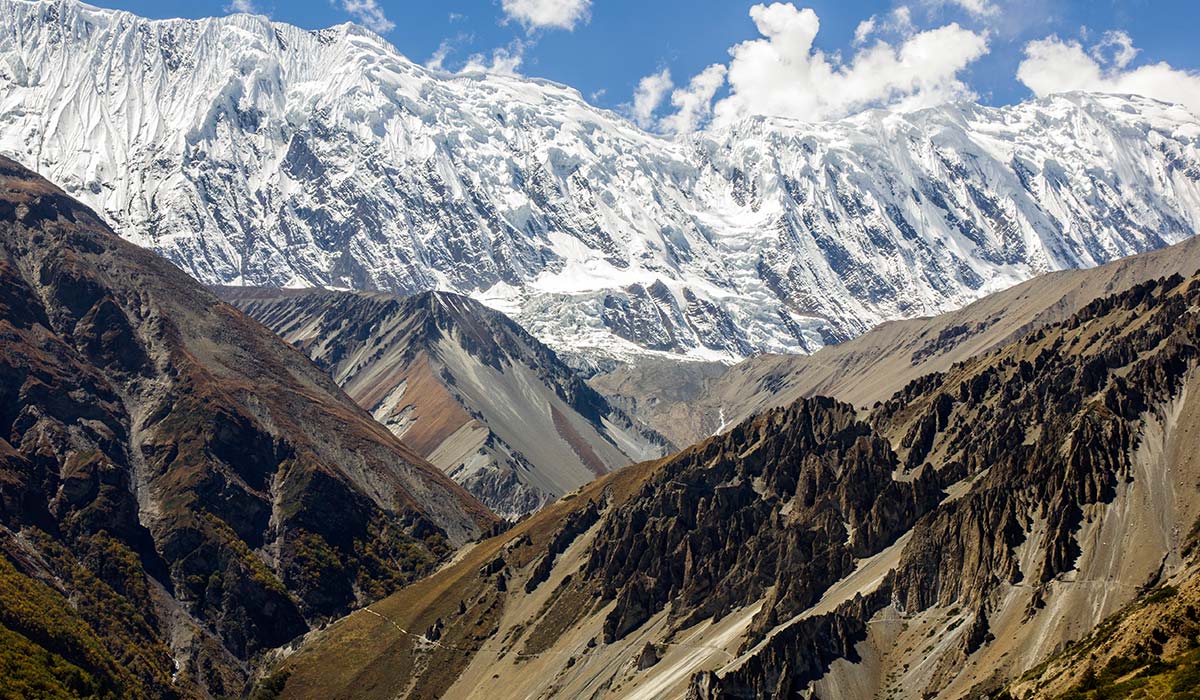
Preparation Before the Trek
Annapurna Circuit Trek takes 3 to 6 months of preparation to be handled successfully. You have plenty of building up time to get the necessary strength and endurance to perform such an intense physically challenging trek. The trip of 5,400 meters will be more comfortable and less likely to cause injury or altitude sickness if you have prepared adequately.
Endurance should be built through cardiovascular exercises (running, swimming, cycling etc.) five times a week, if possible. Strengthening these exercises will help you to adapt to the thinner air you will find at high altitudes. Strength training — especially focusing on your legs and your back, and your core — is important, too, along with cardio.
Squats, lunges and deadlifts exercises help prepare the body for the physical energy required to carry a backpack uphill for hours on end each day. The ability to hold their own balance on uneven ground, such as during a steep descent, was assisted by core strength.
As much as possible, part of your training should be high altitude hikes as our body will get accustomed to lower oxygen content at 3000m (10,000ft) and above. Never mind if you can’t get out to high altitude trails — you can simulate height training with a long hike and a loaded backpack.
The equipment is about layering. Go with the usual, lightweight, moisture wicking base layers, insulating mid layers like fleece, and a waterproof outer shell so you’re ready to face the changing weather.
Trekking poles will help ease the load on your knees when climbing and descending steeply, and well fitting, broken in boots that don’t rub will help to reduce the likelihood of blisters. Also bring purification tablets and a bunch of cash on hand, as water gets expensive and you’ll likely not find an ATM.
